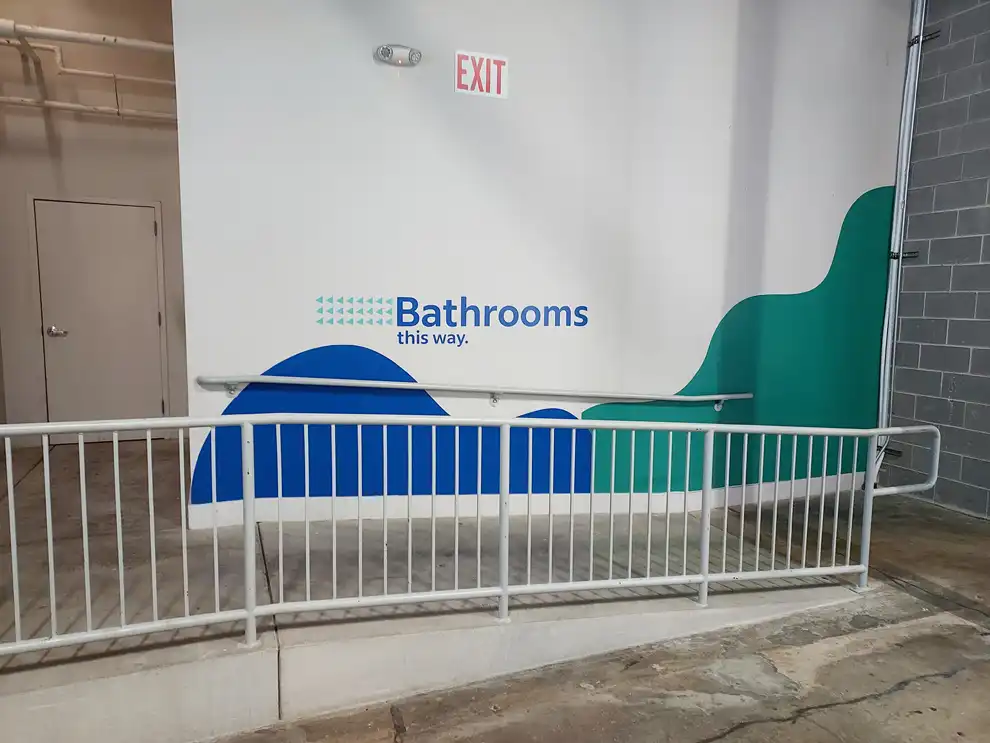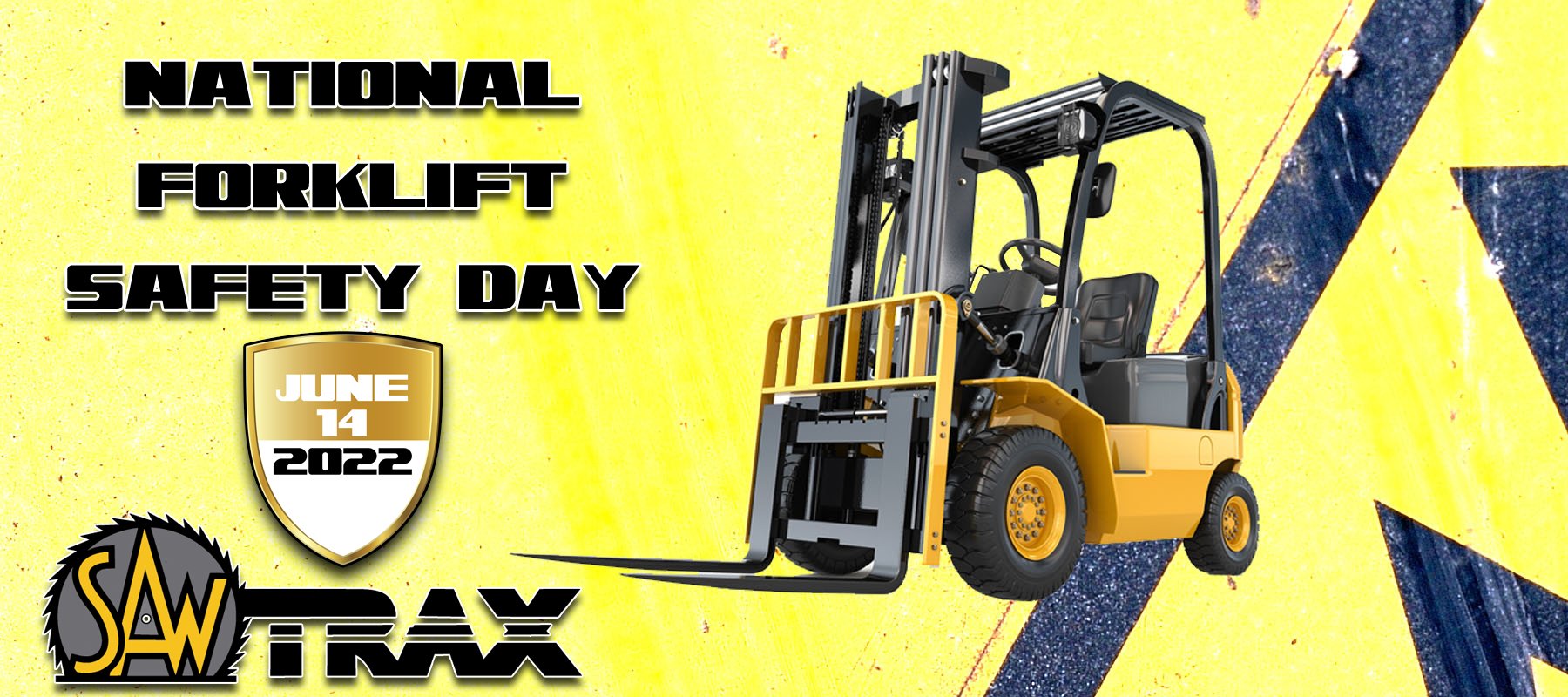
In the bustling world of commercial real estate, first impressions matter. Whether you are designing a new office, renovating a building lobby, or optimizing open and common areas, one often overlooked but crucial aspect is the installation of directional signs. In Louisville, KY, the right directional signs can enhance the functionality, aesthetic appeal, and overall user experience within interior spaces. This blog post delves into the significance of directional signs in office environments, building lobbies, open areas, and meeting spaces, while exploring how they can be customized to meet specific needs.
Why Directional Signs Matter
Directional signs are essential for guiding people through complex interior spaces. Without clear signage, visitors, employees, and clients may feel lost or frustrated, which can negatively impact their experience. In office buildings and commercial spaces, directional signs help streamline navigation, making it easier for people to find their way to meeting rooms, restrooms, elevators, and other key areas.
Enhancing User Experience
In any commercial building, creating a positive user experience is paramount. Directional Signs In Louisville, KY, contribute to this by reducing confusion and ensuring that people can efficiently find their destinations. This is particularly important in large office buildings or multi-purpose commercial spaces where the layout can be complex. By installing well-designed directional signs, you can minimize frustration and improve overall satisfaction for everyone who enters your building.
Boosting Professionalism
Directional signs are not just functional—they also add a layer of professionalism to your office or commercial space. High-quality, aesthetically pleasing signage reflects well on your organization, conveying a sense of order and attention to detail. Customizable options allow you to align your directional signs with your brand’s identity, reinforcing your company’s image while guiding visitors seamlessly through your space.
Safety and Compliance
In addition to improving navigation, directional signs play a critical role in ensuring safety and compliance with building regulations. For example, signs indicating emergency exits, fire extinguisher locations, and first-aid stations are essential for the safety of occupants. By integrating these elements into your directional signage, you help ensure that your building complies with safety standards and provides a secure environment for everyone.
Types of Directional Signs for Interior Spaces
Directional signs come in various styles and formats, each serving different purposes within an office or commercial building. Here are some of the most common types:
Wayfinding Signs
Wayfinding signs are designed to guide people through a building or complex. They often feature arrows, floor numbers, and other directional cues to help visitors find their way to specific areas. In Louisville, KY, wayfinding signs can be customized to match the unique layout of your space, ensuring that they effectively meet the needs of your occupants.
Directory Boards
Directory boards are typically found in building lobbies and provide a comprehensive overview of the available spaces and their respective locations. They often include listings of tenants or departments, along with maps and directional arrows. Well-designed directory boards can greatly improve navigation in multi-tenant buildings and office complexes.
Room Signs
Room signs are used to identify individual rooms or areas within a building. These signs can include information such as room numbers, names, or functions (e.g., conference room, break room). In a professional setting, clear and stylish room signs contribute to a cohesive and organized appearance, making it easier for employees and visitors to find specific rooms.
Floor Graphics
Floor graphics are an innovative way to guide people through a space using visual cues on the floor itself. These can include directional arrows, footprints, or even branded elements that align with your company’s identity. Floor graphics are especially useful in high-traffic areas where traditional wall-mounted signs might be less effective.
ADA Compliant Signs
For accessibility and compliance with the Americans with Disabilities Act (ADA), it’s essential to include signs that are readable by all individuals, including those with visual impairments. ADA compliant signs feature braille, high-contrast text, and tactile elements to ensure that everyone can navigate the space comfortably and safely.
Customizing Directional Signs for Your Space
Custom directional signs can enhance both the functionality and aesthetic appeal of your interior spaces. Here’s how you can tailor your signs to best fit your Louisville, KY, location:
Align with Branding
Custom directional signs offer an opportunity to reinforce your brand’s identity. Incorporate your company’s colors, fonts, and logos into the signage design to create a cohesive look that reflects your brand’s image. This not only improves navigation but also strengthens your brand’s presence within the building.
Choose Materials and Finishes
The choice of materials and finishes for your directional signs can impact both their durability and visual appeal. Options range from acrylic and metal to wood and glass, each offering a different look and feel. Select materials that complement your building’s interior design while ensuring that the signs are durable enough to withstand everyday use.
Consider Placement and Visibility
Effective directional signage requires careful consideration of placement and visibility. Signs should be positioned at key decision points, such as intersections or near elevators, where they will be most useful. Additionally, ensure that the signs are placed at eye level and are easily visible to guide people effectively.
Incorporate Technology
Modern directional signs can incorporate technology for added functionality. Digital directories, interactive kiosks, and QR codes are examples of how technology can enhance traditional signage. These options provide dynamic information that can be updated in real-time, offering an additional layer of convenience for users.
Benefits of Professional Installation
While DIY signage solutions might seem appealing, professional installation offers several advantages. Experienced installers ensure that directional signs are mounted securely and accurately, minimizing the risk of damage or misalignment. Additionally, professionals can provide valuable insights into the best placement and design options for your specific space, ensuring that the signs are both effective and aesthetically pleasing.
Conclusion
Incorporating well-designed directional signs into your interior spaces in Louisville, KY, is more than just a practical necessity; it’s a key component of creating a positive and professional environment. From enhancing user experience and boosting professionalism to ensuring safety and compliance, directional signs play a vital role in the functionality of your office or commercial building. By customizing your signs to align with your brand and selecting high-quality materials, you can create a seamless and effective navigation system that enhances the overall experience for everyone who enters your space.
Directional signs are more than just functional elements—they are an integral part of your building’s identity and user experience. Whether you’re outfitting a new office, updating a building lobby, or improving common areas, investing in high-quality directional signs will pay off in both practicality and aesthetic appeal. For the best results in Louisville, KY, consider partnering with a professional signage provider to ensure that your directional signs are designed and installed to meet your specific needs.


